Mockingbirds aren’t just talented; they’re straight-up show-offs. These feathered mimics don’t settle for one tune — they collect them like trophies and belt them out with wild confidence.
They’ll sing through the night, dive-bomb intruders twice their size, and guard their nests like miniature warriors with wings. Cute? Yes. But pushy? Absolutely. And that’s part of what makes them so unforgettable.
Whether you’re a bird nerd or just someone who’s been serenaded by one at 3 a.m., these eleven facts will open your eyes to the bold, bizarre, and totally brilliant world of mockingbirds.
Song Mimicry
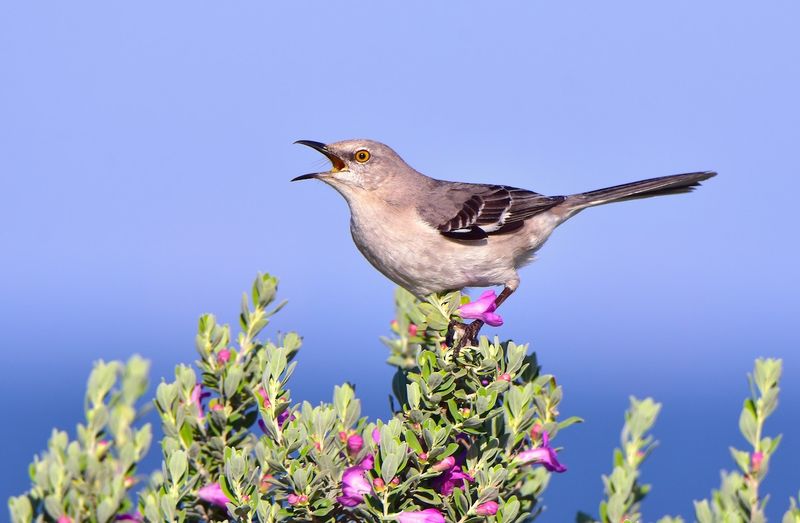
With a symphony of melodies, mockingbirds captivate with their unrivaled song mimicry. Imagine hearing a bird that can sing the tunes of dozens of other species.
This mimicry is not just an exhibition of their vocal talent but also serves as a tool for survival. By mimicking the calls of other birds, mockingbirds can protect their territories and attract mates.
Each mockingbird has a unique repertoire, constantly evolving as they hear new sounds. This adaptability makes them not only incredible singers but also ingenious survivors in the wild.
Territorial Displays
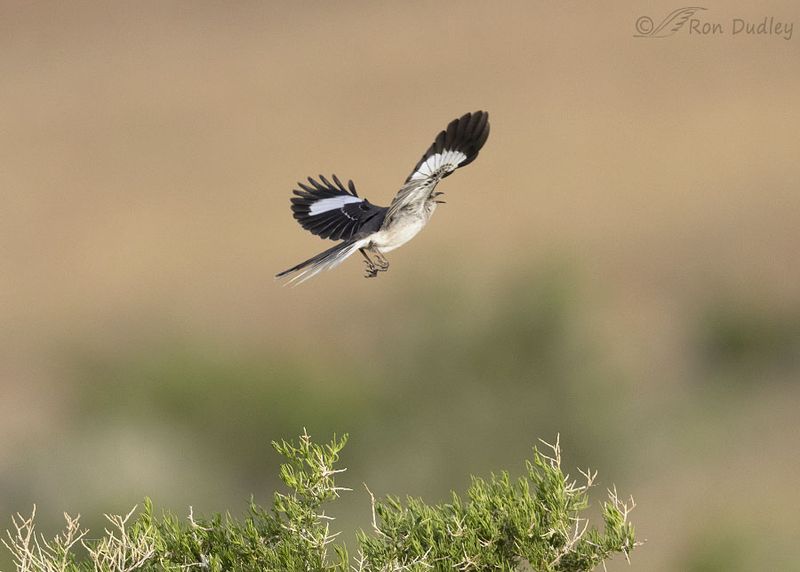
In the world of birds, mockingbirds are known for their audacious territorial displays. Their relentless defense of their chosen domain is a testament to their bold character.
With wings outstretched and feathers fluffed, they confront intruders fearlessly. This behavior is not merely aggressive; it’s a crucial strategy for protecting their nests and ensuring the safety of their offspring.
These displays are a spectacle, showcasing the mockingbird’s innate courage and determination. Observing this behavior offers insights into their instinctual drive for survival and success.
Vocal Versatility
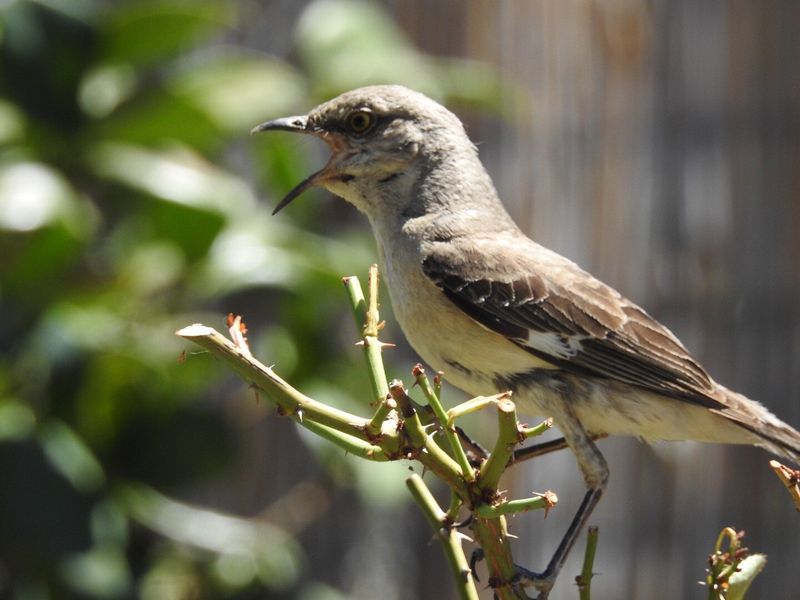
Mockingbirds are celebrated for their vocal versatility, an attribute that sets them apart in the avian community. Their songs are not only varied but also incredibly complex.
Unlike many birds, mockingbirds can alter the pitch, tone, and rhythm of their songs, creating an auditory masterpiece. This skill allows them to communicate effectively with both mates and rivals.
Their vocal prowess demonstrates a level of intelligence and adaptability that is truly awe-inspiring, serving as both a communication tool and a means of artistic expression.
Adaptability to Urban Environments

Mockingbirds thrive in urban environments, showcasing their adaptability and resilience. These birds have mastered the art of living alongside humans, often making their homes in bustling cityscapes.
Their ability to adjust to urban noise and light pollution without missing a beat is remarkable. This adaptability is not just about survival but thriving amidst change.
Mockingbirds have become iconic urban dwellers, their presence a testament to nature’s ability to coexist with human development. It’s a beautiful reminder of wildlife’s resilience and ingenuity in the face of urbanization.
Mating Rituals
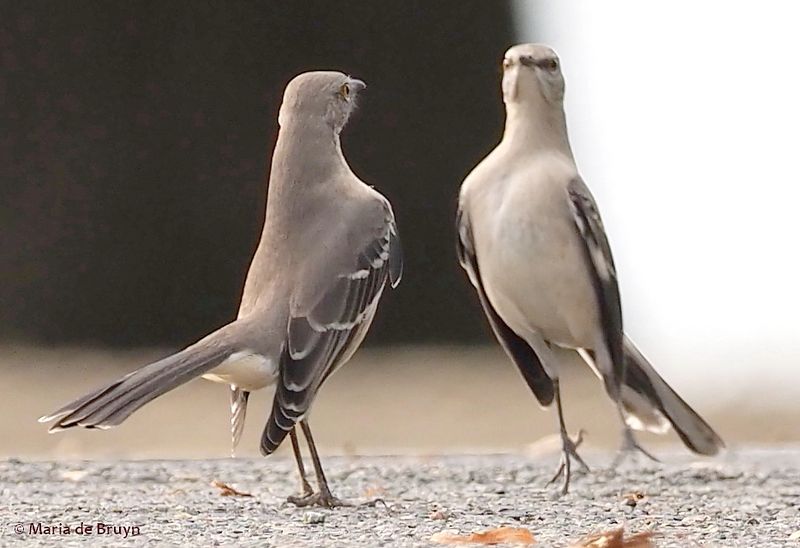
The courtship rituals of mockingbirds are a dance of elegance and intricacy. During the breeding season, males perform elaborate displays to woo potential mates.
These performances often include a mix of singing, dancing, and aerial displays. Each gesture and song is carefully crafted to attract the attention of a discerning female. This ritualistic behavior not only strengthens pair bonds but also ensures genetic diversity.
Witnessing this avian romance highlights the complexity and beauty of mockingbird relationships, offering a glimpse into the intimate lives of these enchanting birds.
Dietary Habits
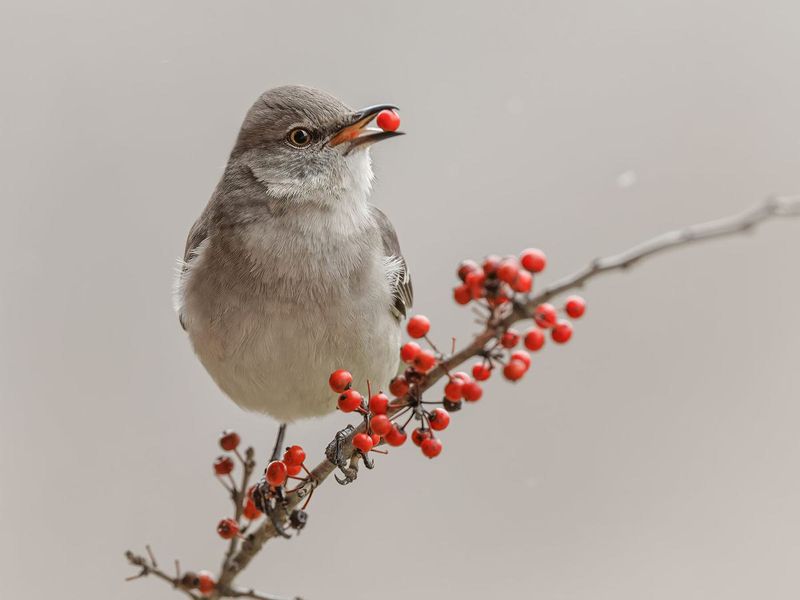
Mockingbirds are omnivorous, boasting a diverse diet that contributes to their adaptability. These birds consume a mix of insects, fruits, and seeds, demonstrating their ability to exploit various food sources.
This dietary flexibility is crucial for their survival, especially in changing environments. By feasting on insects, they help control pest populations, while their fruit consumption aids in seed dispersal. This multifaceted diet underscores their role in maintaining ecological balance.
Observing their feeding habits offers insights into their interactions with the environment and their essential ecological contributions.
Migratory Patterns
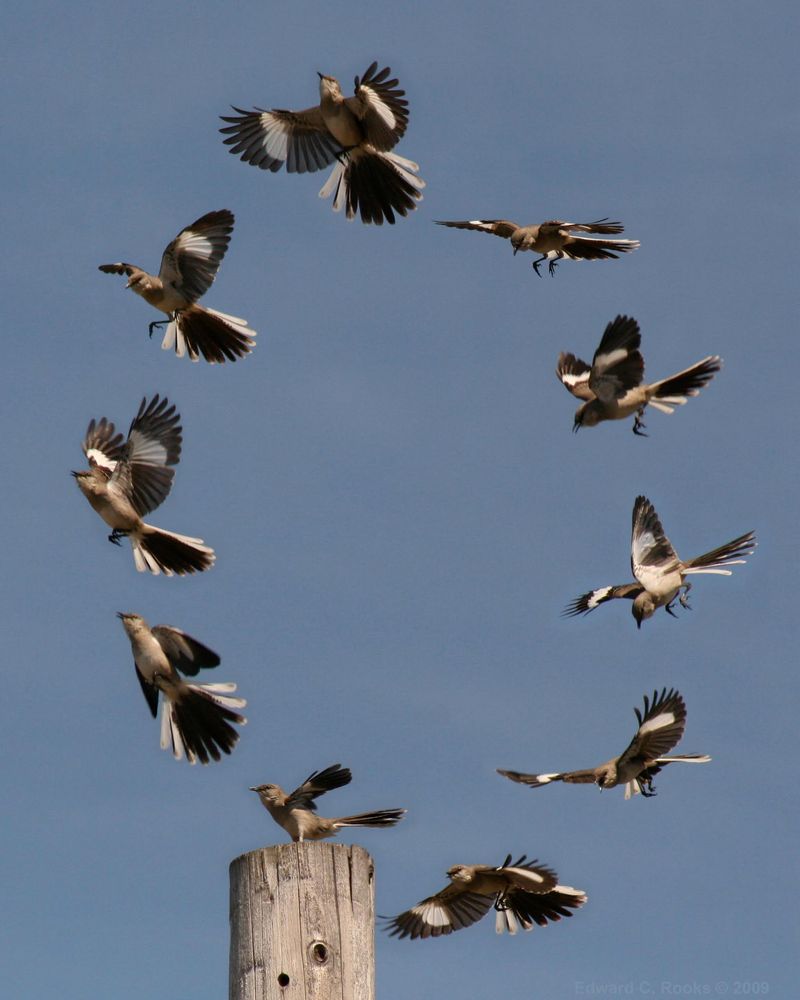
Mockingbirds exhibit fascinating migratory patterns, a journey of endurance and precision. While some populations are resident, others travel vast distances to find suitable climates.
These migrations are triggered by changes in weather, food availability, and breeding needs. The ability to undertake such journeys speaks to their navigational skills and survival instincts.
Migratory behavior ensures they exploit resources optimally and maintain the species’ longevity. Observing their migratory routes provides a deeper understanding of the challenges and triumphs faced by these resilient travelers.
Longevity

Mockingbirds are known for their impressive longevity, often living over a decade in the wild. This lifespan is relatively long for birds of their size and speaks to their adaptability and survival skills.
Factors contributing to their longevity include robust health, varied diet, and the ability to evade predators. Their long lives allow them to form complex social structures and learn from their environment continuously.
By living longer, they can raise more offspring, contributing significantly to the population’s stability and growth. Longevity in mockingbirds is a testament to their resilience and evolutionary success.
Cultural Significance
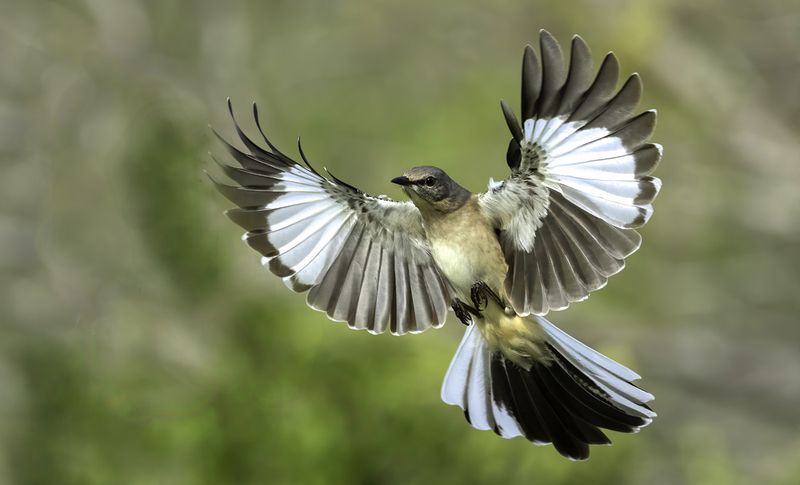
Mockingbirds hold a special place in cultural history, symbolizing innocence and freedom. They have inspired countless works of literature, music, and art.
Their melodic songs and intriguing behaviors have captured the imagination of artists and writers alike. In literature, mockingbirds often represent purity and the voice of reason, as seen in famous novels and songs.
Their cultural significance extends beyond their natural beauty, reflecting humanity’s fascination with freedom and expression. This connection enriches our understanding of their place in both the natural world and human culture.
Nest Building
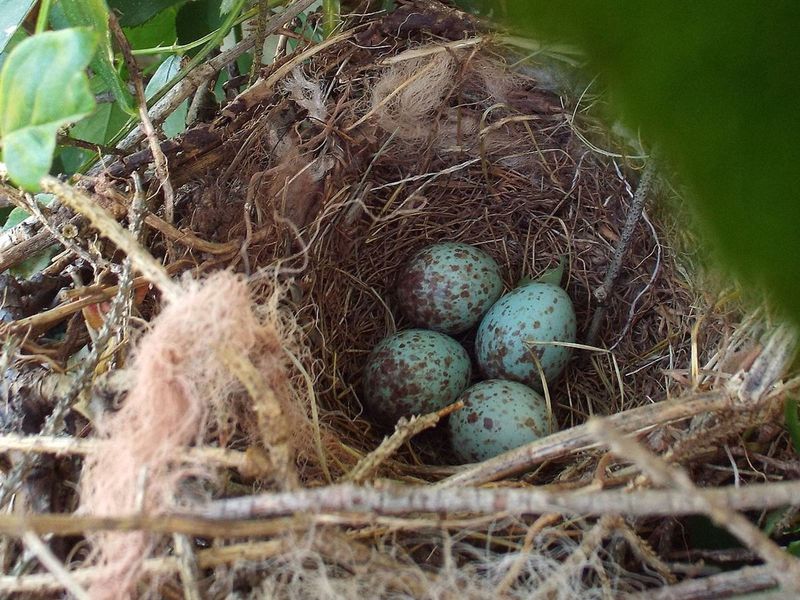
The art of nest building by mockingbirds is a testament to their ingenuity and skill. These birds construct intricate nests, often hidden away in shrubs or trees.
Using twigs, leaves, and even man-made materials, they craft secure homes for their young. This process requires precision and creativity, ensuring the nest is both safe and comfortable.
Nest building is a vital part of their reproductive cycle, reflecting their commitment to their offspring’s safety. Observing this behavior reveals the meticulous care and effort mockingbirds invest in raising their young.
Community Interactions
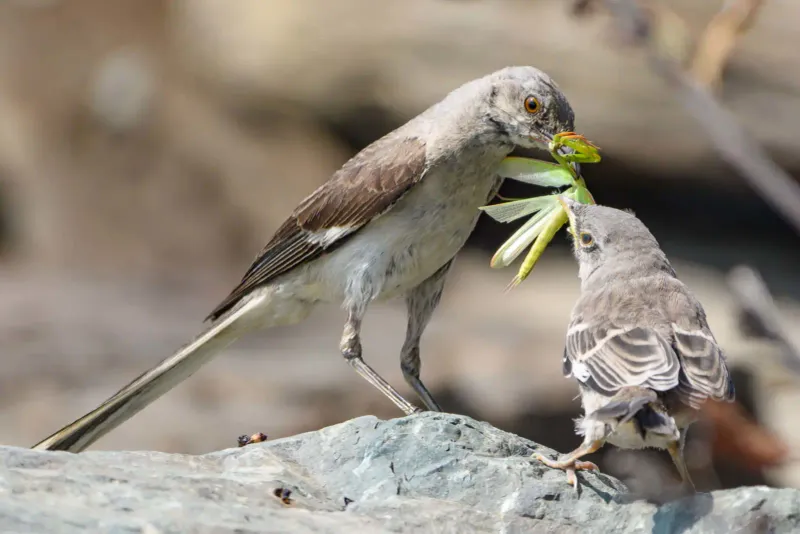
Mockingbirds are not solitary creatures; they thrive on community interactions. Their social behaviors include cooperative feeding and group defense against predators.
These interactions strengthen their social bonds and enhance survival rates. By working together, they can fend off larger threats and share resources efficiently. Community life enriches their existence, offering safety in numbers and opportunities for learning from one another.
These interactions highlight their social intelligence and adaptability, underscoring the importance of cooperation in the natural world. Through community engagement, mockingbirds exemplify the power of unity and collaboration.

